nealjpage
multi format master in a film geek package
- Joined
- Sep 16, 2005
- Messages
- 3,479
- Reaction score
- 1
- Location
- Oregon
- Website
- www.myspace.com
- Can others edit my Photos
- Photos OK to edit
Ok, so odd question: Do some paper and chemical combos enhance grain more than others? I just spent the evening in the darkroom with negatives shot on Efke 100 developed normally in D-76. I can't see any grain, but anyways. I enlarged a 35mm to 8x10 and got very noticeable grain. I used arista.ed paper and Dektol for processing. Is it the neg or is it my paper and chemical combo?




![[No title]](/data/xfmg/thumbnail/40/40310-01bec1b9b7918522bf21a09cf75c5266.jpg?1619739414)
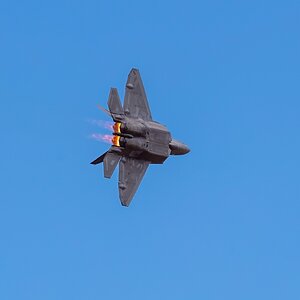
![[No title]](/data/xfmg/thumbnail/40/40306-ea393f71adcd88a9abb9fb16dc6af2d5.jpg?1619739413)

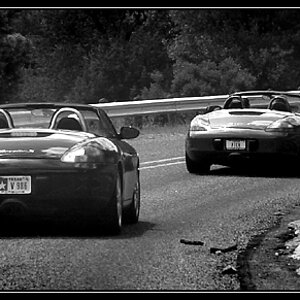

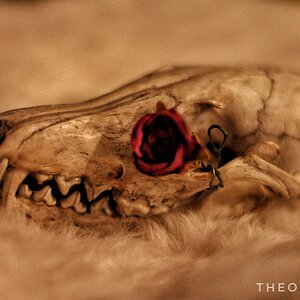
![[No title]](/data/xfmg/thumbnail/30/30987-a33ca8e90b5d786c21e59d37945b9cc6.jpg?1619734552)
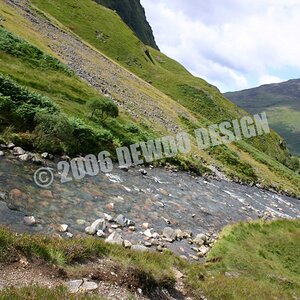
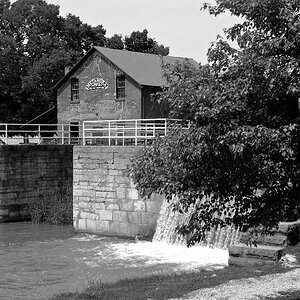

![[No title]](/data/xfmg/thumbnail/39/39293-55a527d2a9b287bf5e5b6d118abab22c.jpg?1619738958)